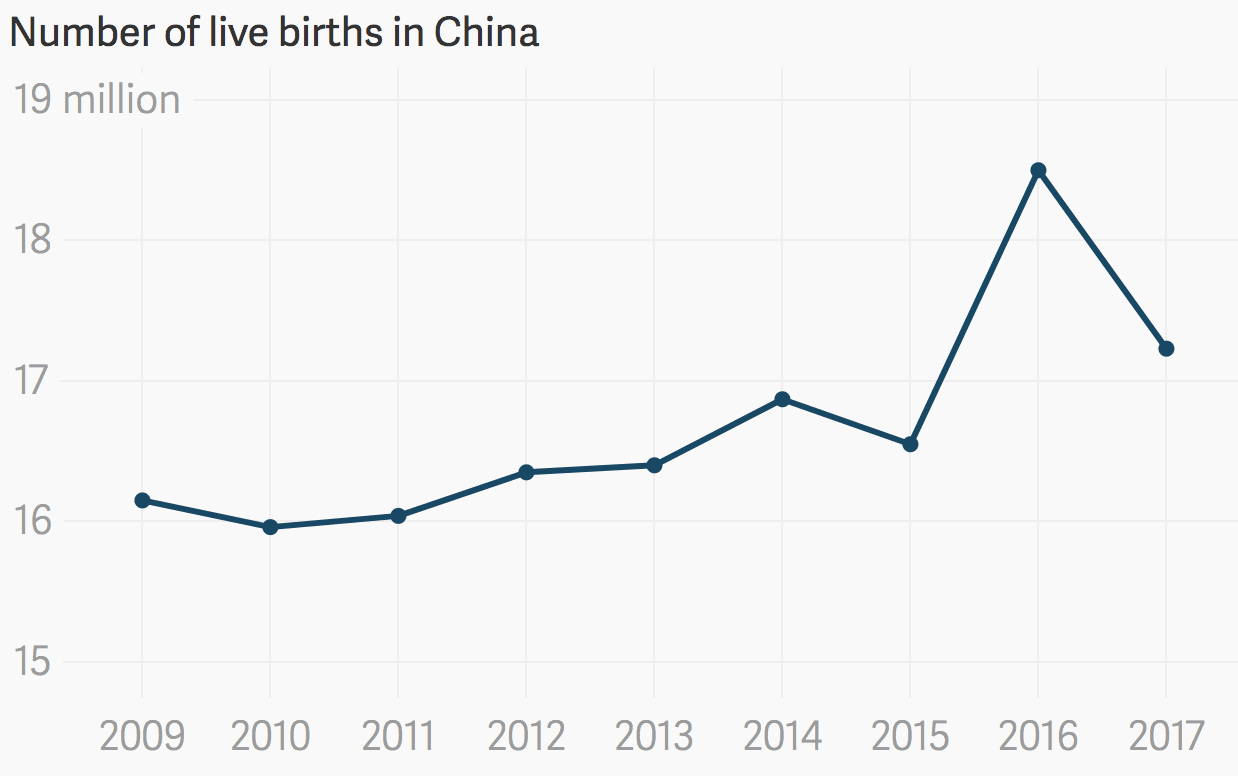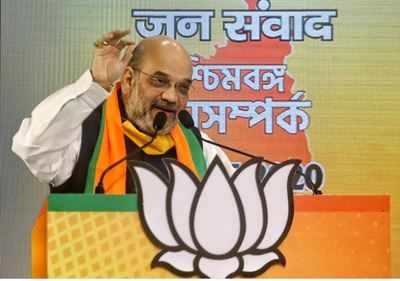China facing consequences of one-child policy

Between 1949 and 1976, China’s population had almost doubled from 540 to 940 million. Naturally, the strain on resources was dramatic. Under the leadership of Deng Xiaoping, in 1979 China took the drastic step of limiting population growth.
The one-child policy – one child per couple – was only intended to last one generation. With some exceptions, the policy was primarily aimed at the Han Chinese people living in urban areas. Law breakers faced a variety of enforcement measures which included fines, denial of government assistance, salary reductions, and firing from work. In extreme situations, some faced forced sterilization and abortion.
Over the years, the policy was relaxed, but for the most part stayed in force. By 2007, the policy only strictly affected 36 per cent of the population.
By 2015, a new policy allowing Chinese couples to have two children was proposed. In a statement issued by the Communist Party of China (CPC), the decision to eliminate the country’s one-child policy was made to balance population development and address the problems of an aging population.
China’s two-child policy was an immediate success.
After ending the one-child policy in 2015, China had reached 18.46 million births in 2016, with half of the them being the second child for a couple.

But in 2017, live births were down 3.5% to 17.23 million, according to Chinese government data. The decline is in part due to a deteriorating percentage of women at a fertile age, and Chinese women getting married at increasingly older ages.
China’s population of working-age people has been decreasing since 2012, and the Chinese government warns of a “sharp decline” of 7.6 million a year after 2030. According to a statement from China’s National Development and Reform Commission, cited by the Wall Street Journal, the working-age population — those aged between 15-59 — will be 80 million fewer in 2030 than in 2015. Such a shortage of working-age citizens has already caused stress on health care and social services for the elderly.
Even if China manages to increase the birth rate, China will be coping with the demographic challenges created by the one child policy for decades. There are currently over 1.15 men for every woman, and it is estimated that there will be 30 million more marriage-aged men relative to women by 2020.
China’s National Health and Family Planning Commission, however, reported through Xinhua that China’s gender imbalance was reduced in 2017, thanks to the introduction of the second-child policy. “The gender imbalance has continued to decline over the last five years,” stated the release, “dropping by around 1.2 million annually, with the largest reduction seen in 2017.”
A report this January by China’s National Health and Family Planning Commission predicts that China’s population will peak in 2030 at 1.45 billion. In 2015 it reached 1.37 billion.
[Main Image: Zhou Yuwei, 1986]
LIMA CHARLIE NEWS
Lima Charlie provides global news, insight & analysis by military veterans and service members Worldwide.
For up-to-date news, please follow us on twitter at @LimaCharlieNews
In cases you missed it:
[contf] [contfnew] 
lima charlie news
[contfnewc] [contfnewc]




